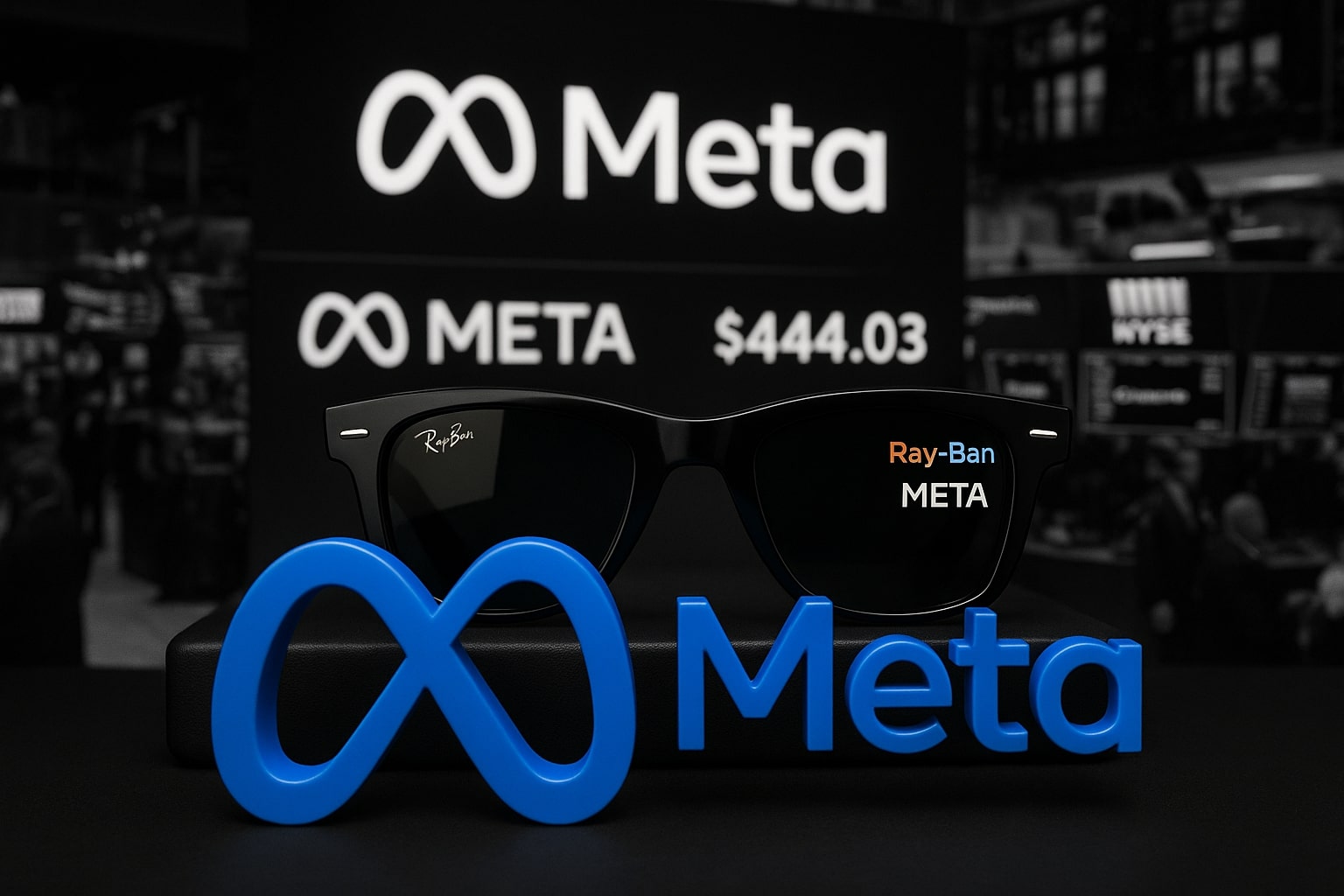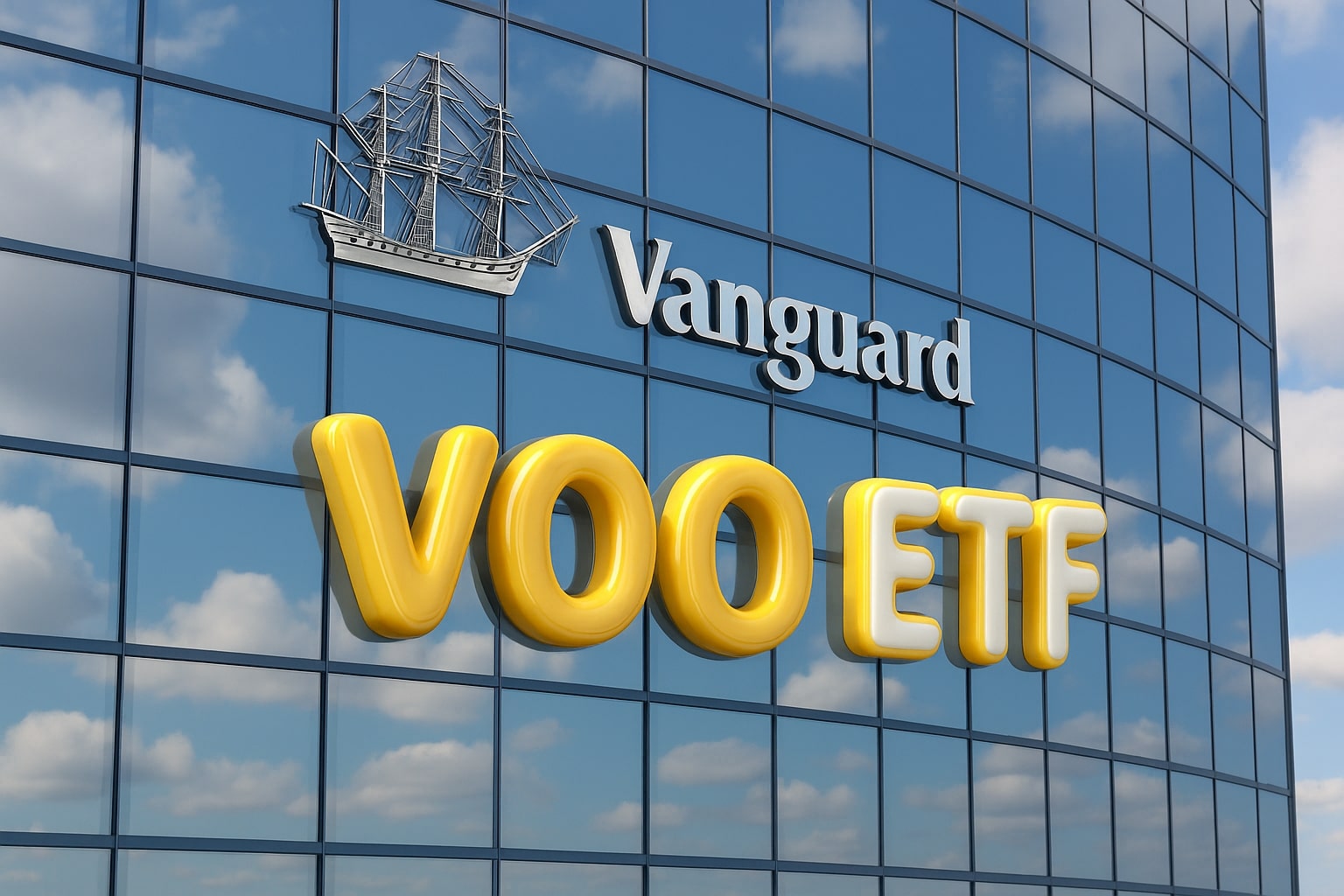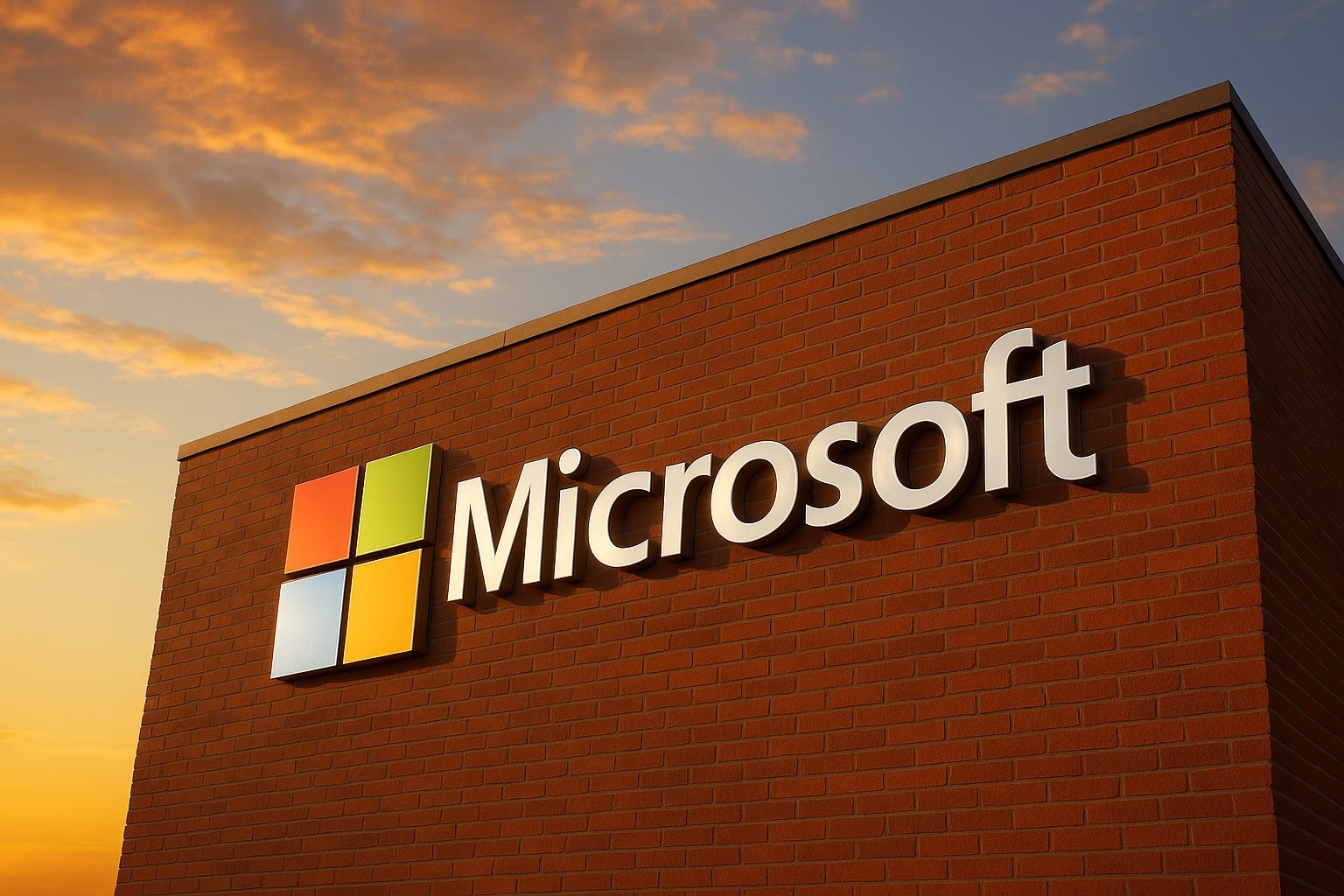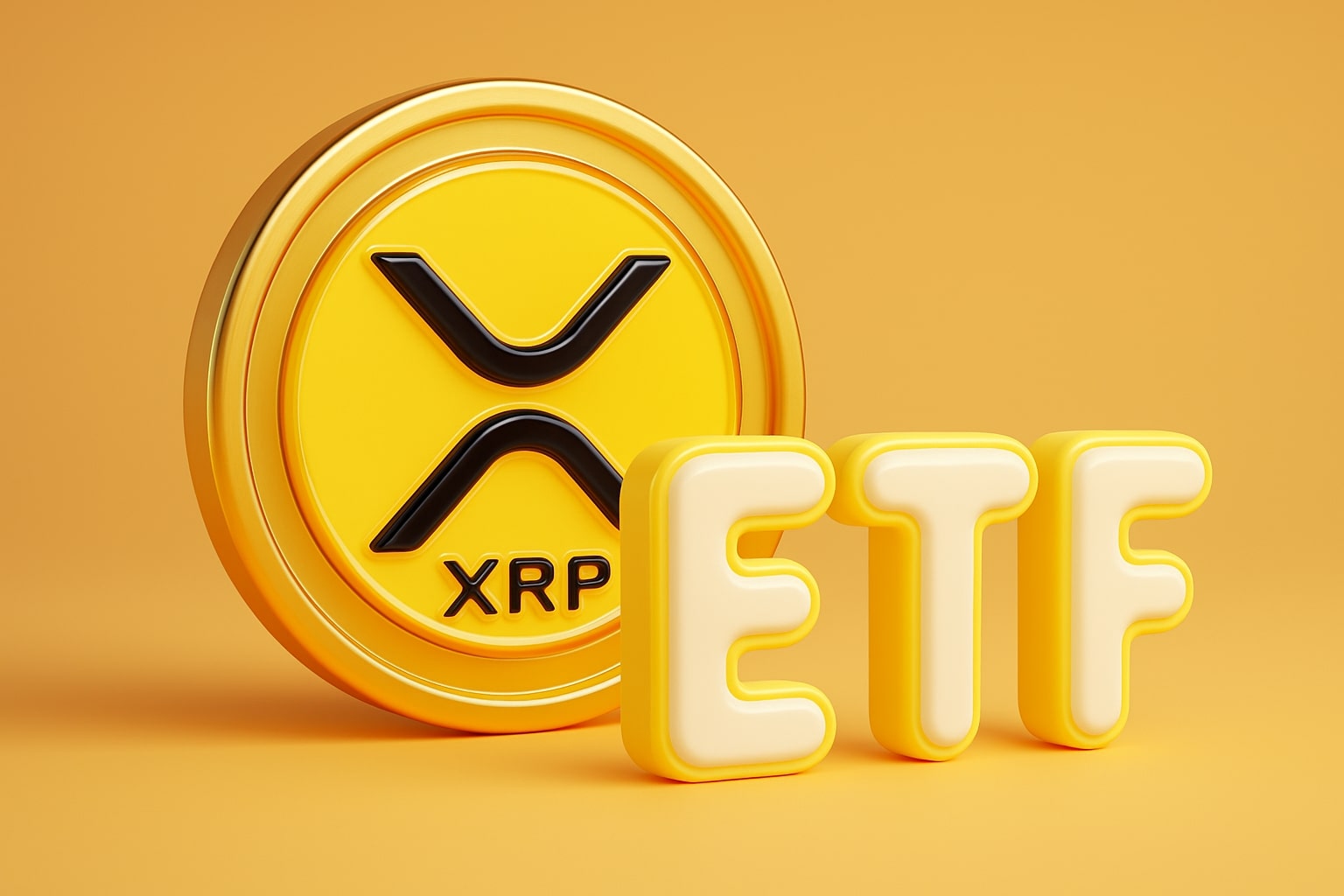Competitive Positioning and AI Race Dynamics
Meta’s position relative to competitors remains formidable. It commands roughly 43% of the U.S. digital ad market, ahead of Alphabet’s 35% and Amazon’s 15%. Unlike Google, which faces click reductions from AI search summaries, Meta’s AI strategy directly enhances engagement and monetization rather than replacing it. Its proprietary datasets across Facebook, Instagram, and WhatsApp give it a structural edge in AI-driven ad targeting that rivals cannot replicate easily.
Generative AI initiatives like Llama 3 and the partnership with Midjourney for creative tools aim to extend Meta’s influence into marketing automation and content creation, both high-margin adjacencies. Furthermore, its Meta Glasses and Vibes products may redefine how users consume AI-generated entertainment, competing head-to-head with OpenAI’s rumored “social AI” app.
Profitability and Balance Sheet Strength
Despite high capital intensity, Meta’s core business remains highly profitable. Operating margin at 43% and profit margin near 40% are unmatched in its sector. The company’s return on assets (18.5%) and return on equity (40.6%) emphasize superior capital efficiency. Meta’s dividend yield of 0.29% and payout ratio of 7.4% suggest ample room for shareholder returns via future dividend hikes or buybacks.
Insider transactions available via Meta Stock Profile show limited selling activity relative to peers, reflecting management’s long-term conviction in the company’s AI roadmap. Institutional ownership sits at 79.8%, underscoring confidence from major funds despite near-term volatility.
Risks: Capex Burn, Regulation, and Saturation
The largest headwinds are structural. The $100 billion CapEx path risks margin compression if AI monetization lags. Regulatory challenges remain persistent—especially in Europe, where data laws may constrain personalized ads. Additionally, user growth in core platforms is nearing saturation, leaving revenue expansion reliant on ad pricing and new services. Reality Labs continues to operate at a loss, and unless its AR/VR ecosystem gains scale, it may dilute overall profitability.
Final Assessment and Verdict
Meta Platforms stands as one of the few global companies balancing AI infrastructure leadership, dominant ad economics, and consistent profitability. At $710.56, the stock trades at a fair multiple relative to its growth and peer group. The short-term risk from escalating expenses and AI project uncertainty is real, yet the long-term potential remains enormous. With earnings growth near 17%, a robust cash position, and powerful optionality from products like Llama 3, Vibes, and business messaging, Meta remains a cornerstone of digital transformation.
Verdict: Buy — target range $860–$900.
Meta’s combination of 22% revenue growth, 43% margins, and deep AI optionality positions NASDAQ:META as a long-term outperformer, even amid short-term cost pressure. Its scale, data dominance, and innovation pipeline make it one of the few mega-cap techs still offering asymmetric upside into 2026 and beyond.



















